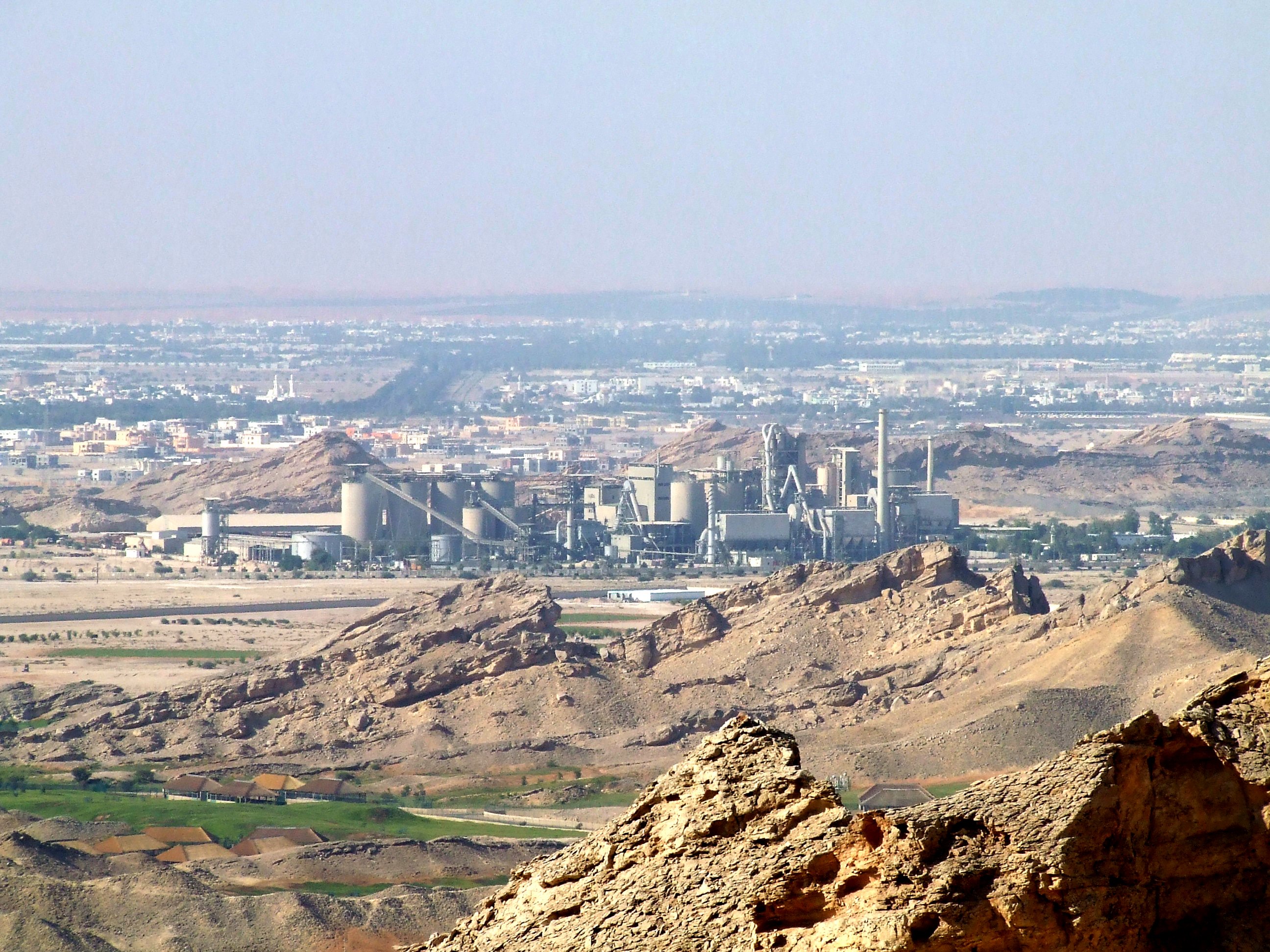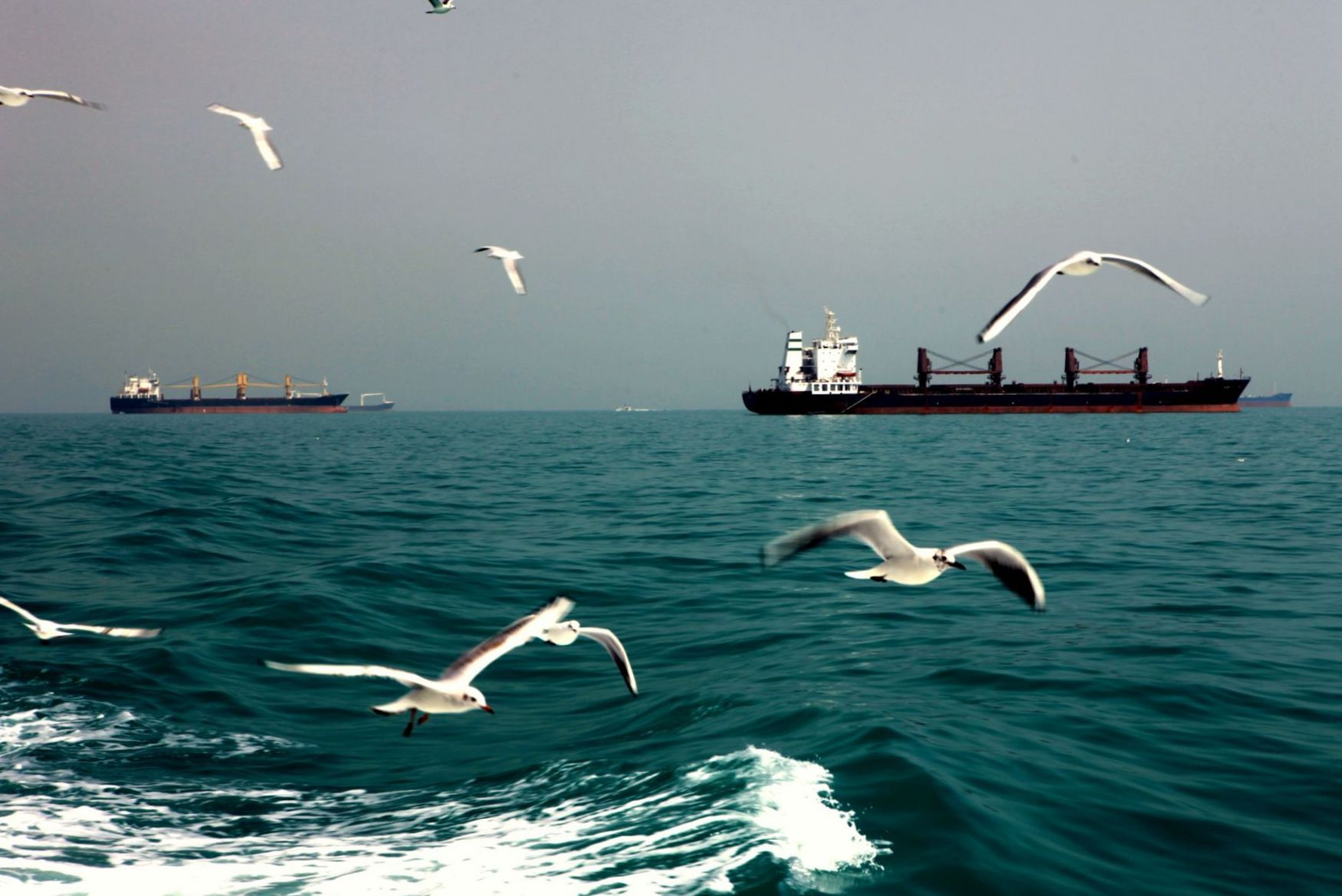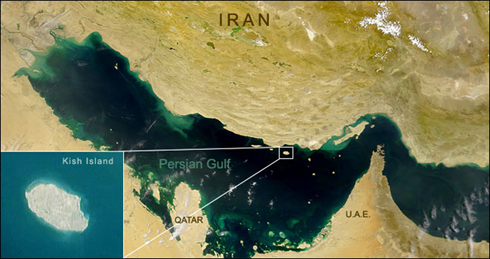|
Suhar
Sohar ( ar, صُحَار, also Romanized as Suḥār) is the capital and largest city of the Al Batinah North Governorate in Oman. An ancient capital of the country that once served as an important Islamic port town, Suhar has also been credited as the mythical birthplace of Sinbad the Sailor. According to the 2010 census, Suhar's population was 140,006, making it Oman's fifth most-populated settlement. Described as an industrial town, the development of the Sohar Industrial Port during the 2000s has transformed it into a major Omani industrial hub. History As the largest town in the region, it has been argued that Suhar is identified with the ancient town called 'Omanah' ( ar, عُمَانَة) mentioned by Pliny the Elder in his '' Natural History''. This settlement is believed to have given Oman its name. According to Al-Tabari, in 893 or 894, during the Abbasid era, there was a dispute about who should rule Oman amongst local factions. A faction that approached the Abba ... [...More Info...] [...Related Items...] OR: [Wikipedia] [Google] [Baidu] |
Wajihids
The Wajihids ( ar, بَنُو وَجِيْه, Banū Wajīh) were an Arab dynasty that ruled in coastal Oman in the early and mid-10th century AD. Their capital was the town of Suhar, after moving there from Al-Buraimi Oasis or Tawam, where they had been in the 9th century. History The origins and history of this dynasty are obscure. They may have been of either Omani or Bahraini origin, and they were possibly related to Ahmad ibn Hilal, a previous governor of Oman on behalf of the Abbasid Caliphate.Wilkinson, p. 333; al-Salimi, pp. 375-6. Miles, pp. 102-3, offered a different theory about the Wajihids, stating that Yusuf b. Wajih was a Turkish officer who was sent to Oman on behalf of the Abbasid government; this idea has not been adopted by more recent historians In any event, by about 929,Wilkinson, p. 333 the coastal regions of Oman were under the control of Yūsuf ibn Wajīh ( ar, يُوْسُف ابْن وَجِيْه), the first member of the dynasty. According to the ... [...More Info...] [...Related Items...] OR: [Wikipedia] [Google] [Baidu] |
Oman
Oman ( ; ar, عُمَان ' ), officially the Sultanate of Oman ( ar, سلْطنةُ عُمان ), is an Arabian country located in southwestern Asia. It is situated on the southeastern coast of the Arabian Peninsula, and spans the mouth of the Persian Gulf. Oman shares land borders with Saudi Arabia, the United Arab Emirates, and Yemen, while sharing Maritime boundary, maritime borders with Iran and Pakistan. The coast is formed by the Arabian Sea on the southeast, and the Gulf of Oman on the northeast. The Madha and Musandam Governorate, Musandam exclaves are surrounded by the United Arab Emirates on their land borders, with the Strait of Hormuz (which it shares with Iran) and the Gulf of Oman forming Musandam's coastal boundaries. Muscat is the nation's capital and largest city. From the 17th century, the Omani Sultanate was Omani Empire, an empire, vying with the Portuguese Empire, Portuguese and British Empire, British empires for influence in the Persian Gulf and Indian ... [...More Info...] [...Related Items...] OR: [Wikipedia] [Google] [Baidu] |
Governorates Of Oman
Oman is divided into eleven governorates (''muhafazah''), and has been since 28 October 2011. Each of the 11 governorates are divided into ''wilayat'' (provinces). Regions and governorates before 2011 Before 28 October 2011, Oman was divided into five regions (''mintaqah'') and four governorates (''muhafazah''). The governorates were Muscat, Dhofar, Buraimi and Musandam. Buraimi was created in October 2006 from parts of Ad Dhahirah Region. The regions are further subdivided into 61 wilayat. Each region has one or more regional center with a grand total of twelve. See also * ISO 3166-2:OM References External linksArabian names at Geonames.de [...More Info...] [...Related Items...] OR: [Wikipedia] [Google] [Baidu] |
Al Ain
Al Ain ( ar, ٱلْعَيْن, , ) is a city in the western side of Tawam (region), Tuwwam region and the seat of the administrative division of its namesake, Al-Ain Region, Abu Dhabi, Al Ain in the Emirate of Abu Dhabi, United Arab Emirates. It is Oman–United Arab Emirates border, bordered to the east by the Omani town of Al-Buraimi in the Al Buraimi Governorate. It is the largest inland city in the Emirates, the List of cities in the United Arab Emirates, fourth-largest city (after Dubai, Abu Dhabi, and Sharjah), and the second-largest in the Emirate of Abu Dhabi. The Controlled-access highway, freeways connecting Al-Ain, Abu Dhabi, and Dubai form a geographic triangle in the country, each city being roughly from the other two. Al-Ain is known as the "Garden City" ( ar, مَدِيْنَة ٱلْحَدِيْقَة, Madīnat Al-Ḥadīqah, lit=City of The Garden) of Emirate of Abu Dhabi, Abu Dhabi, the UAE or the Persian Gulf, Gulf, due to its greenery, particularly with reg ... [...More Info...] [...Related Items...] OR: [Wikipedia] [Google] [Baidu] |
Hormuz Island
Hormuz Island (; fa, جزیره هرمز ''Jazireh-ye Hormoz''), also spelled Hormoz, is an Iranian island in the Persian Gulf. Located in the Strait of Hormuz, off the Iranian coast, the island is part of Hormozgan Province. It is sparsely inhabited, but some development has taken place since the late 20th century. History The earliest evidence for human presence on the island is several stone artifacts discovered at the eastern shorelines of the Island. A lithic scatter was found at a site called Chand-Derakht, which is an uplifted marine Pleistocene terrace. This site yielded a Middle Paleolithic lithic assemblage characterized by Levallois methods and dates back to more than 40,000 years ago. The island, known as Organa () to the ancient Greeks and as Jarun in the Islamic period, acquired the name of "Hormuz" from the important harbour town of Hormuz (Ormus) on the mainland 60 km away, which had been a centre of a minor principality on both sides of the strait. The ... [...More Info...] [...Related Items...] OR: [Wikipedia] [Google] [Baidu] |
Bahrain
Bahrain ( ; ; ar, البحرين, al-Bahrayn, locally ), officially the Kingdom of Bahrain, ' is an island country in Western Asia. It is situated on the Persian Gulf, and comprises a small archipelago made up of 50 natural islands and an additional 33 artificial islands, centered on Bahrain Island which makes up around 83 percent of the country's landmass. Bahrain is situated between Qatar and the northeastern coast of Saudi Arabia, to which it is connected by the King Fahd Causeway. According to the 2020 census, the country's population numbers 1,501,635, of which 712,362 are Bahraini nationals. Bahrain spans some , and is the third-smallest nation in Asia after the Maldives and Singapore. The capital and largest city is Manama. Bahrain is the site of the ancient Dilmun civilization.Oman: The Lost Land [...More Info...] [...Related Items...] OR: [Wikipedia] [Google] [Baidu] |
Persian Gulf
The Persian Gulf ( fa, خلیج فارس, translit=xalij-e fârs, lit=Gulf of Persis, Fars, ), sometimes called the ( ar, اَلْخَلِيْجُ ٱلْعَرَبِيُّ, Al-Khalīj al-ˁArabī), is a Mediterranean sea (oceanography), mediterranean sea in Western Asia. The body of water is an extension of the Indian Ocean located between Iran and the Arabian Peninsula.United Nations Group of Experts on Geographical NameWorking Paper No. 61, 23rd Session, Vienna, 28 March – 4 April 2006. accessed October 9, 2010 It is connected to the Gulf of Oman in the east by the Strait of Hormuz. The Shatt al-Arab river delta forms the northwest shoreline. The Persian Gulf has many fishing grounds, extensive reefs (mostly rocky, but also Coral reef, coral), and abundant pearl oysters, however its ecology has been damaged by industrialization and oil spills. The Persian Gulf is in the Persian Gulf Basin, which is of Cenozoic origin and related to the subduction of the Arabian Plate u ... [...More Info...] [...Related Items...] OR: [Wikipedia] [Google] [Baidu] |
Portuguese Empire
The Portuguese Empire ( pt, Império Português), also known as the Portuguese Overseas (''Ultramar Português'') or the Portuguese Colonial Empire (''Império Colonial Português''), was composed of the overseas colonies, factories, and the later overseas territories governed by Portugal. It was one of the longest-lived empires in European history, lasting almost six centuries from the conquest of Ceuta in North Africa, in 1415, to the transfer of sovereignty over Macau to China in 1999. The empire began in the 15th century, and from the early 16th century it stretched across the globe, with bases in North and South America, Africa, and various regions of Asia and Oceania. The Portuguese Empire originated at the beginning of the Age of Discovery, and the power and influence of the Kingdom of Portugal would eventually expand across the globe. In the wake of the Reconquista, Portuguese sailors began exploring the coast of Africa and the Atlantic archipelagos in 1418–1419, u ... [...More Info...] [...Related Items...] OR: [Wikipedia] [Google] [Baidu] |
Kingdom Of Hormuz
The Kingdom of Ormus (also known as Hormoz; fa, هرمز; pt, Ormuz) was located in the eastern side of the Persian Gulf and extended as far as Bahrain in the west at its zenith. The Kingdom was established in 11th century initially as a dependency of the Kerman Seljuk Sultanate, and later as an autonomous tributary of the Salghurids and the Ilkhanate of Iran. In its last phase Ormus became a client state of the Portuguese Empire in the East. Most of its territory was eventually annexed by the Safavid Empire in the 17th century. The monarchy received its name from the fortified port city which served as its capital. It was one of the most important ports in the Middle East at the time as it controlled seaway trading routes through the Persian Gulf to China, India, and East Africa. This port was originally located on the southern coast of Iran to the east of the Strait of Hormuz, near the modern city of Minab, and was later relocated to the Island of Jarun which came to be kn ... [...More Info...] [...Related Items...] OR: [Wikipedia] [Google] [Baidu] |
Kish Island
Kish ( fa, کیش ) is a resort island in Bandar Lengeh County, Hormozgān Province, off the southern coast of Iran in the Persian Gulf. Owing to its free trade zone status, the island is touted as a consumer's paradise, with numerous malls, shopping centres, tourist attractions, and resort hotels. It has an estimated population of almost 40,000 residents and about 1 million visitors annually. Kish Island is one of the most-visited vacation destinations in the Middle East, after Dubai and Sharm el-Sheikh. Tourists from many countries for which Iran typically requires a visa, who wish to enter Kish Free Zone, are exempt from having to obtain a visa. For those travelers, travel permits are issued on arrival by Kish officials and are valid for 14 days. History Kish Island has been mentioned in history variously as Kamtina, Arakia ( grc, Αρακία), Arakata, and Ghiss. Kish Island's strategic geographic location served as a way-station and link for the ancient Assyrian an ... [...More Info...] [...Related Items...] OR: [Wikipedia] [Google] [Baidu] |
Buwayhids
The Buyid dynasty ( fa, آل بویه, Āl-e Būya), also spelled Buwayhid ( ar, البويهية, Al-Buwayhiyyah), was a Shia Iranian dynasty of Daylamite origin, which mainly ruled over Iraq and central and southern Iran from 934 to 1062. Coupled with the rise of other Iranian dynasties in the region, the approximate century of Buyid rule represents the period in Iranian history sometimes called the 'Iranian Intermezzo' since, after the Muslim conquest of Persia, it was an interlude between the rule of the Abbasid Caliphate and the Seljuk Empire. The Buyid dynasty was founded by 'Ali ibn Buya, who in 934 conquered Fars and made Shiraz his capital. His younger brother Hasan ibn Buya conquered parts of Jibal in the late 930s, and by 943 managed to capture Ray, which he made his capital. In 945, the youngest brother, Ahmad ibn Buya, conquered Iraq and made Baghdad his capital. He received the ''laqab'' or honorific title of ''Mu'izz al-Dawla'' ("Fortifier of the State"). The e ... [...More Info...] [...Related Items...] OR: [Wikipedia] [Google] [Baidu] |
Dhofar
The Dhofar Governorate ( ar, مُحَافَظَة ظُفَار, Muḥāfaẓat Ẓufār) is the largest of the 11 Governorates in the Sultanate of Oman in terms of area. It lies in Southern Oman, on the eastern border with Yemen's Al Mahrah Governorate. It is a rather mountainous area that covers and has a population of 416,458 as of the 2020 census. The largest city, as well as capital of the Governorate, is Salalah. Historically, the region was a source of frankincense. The local variety of Arabic is Dhofari Arabic, which is quite distinct from that of the rest of Oman and from Yemen. History Archaeology At ''Aybut Al-Auwal'' ("First Aybut") in Wadi Aybut (west-central Nejd), a site was discovered in 2011 containing more than 100 surface scatters of stone tools belonging to a regionally specific lithic industry, the late Nubian Complex, known previously only from Northeast Africa. Two optically stimulated luminescence age estimates place the Arabian Nubian Complex at 106,0 ... [...More Info...] [...Related Items...] OR: [Wikipedia] [Google] [Baidu] |



.png)




